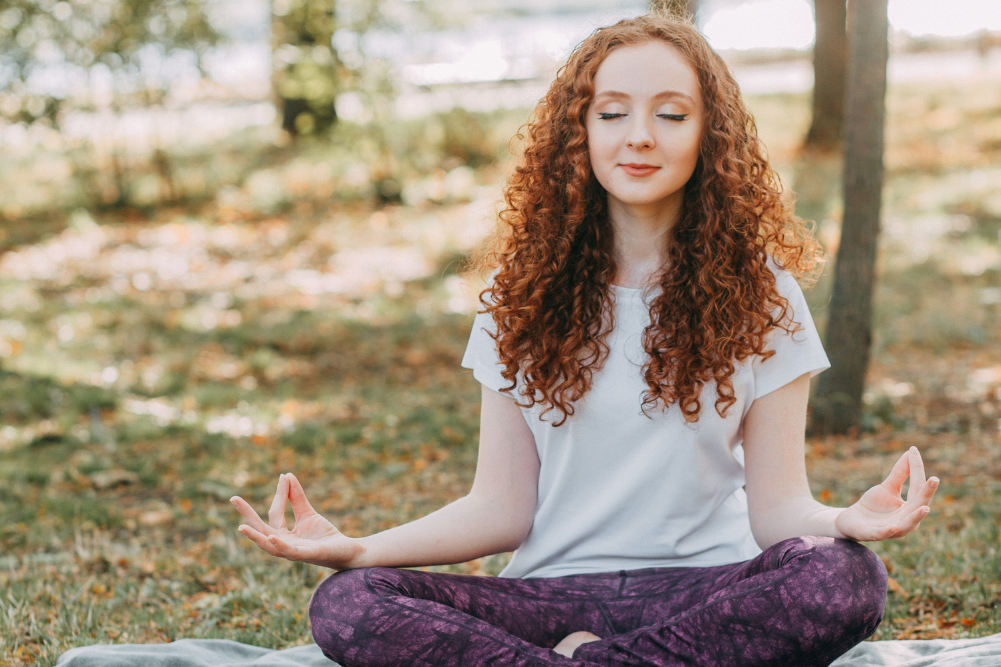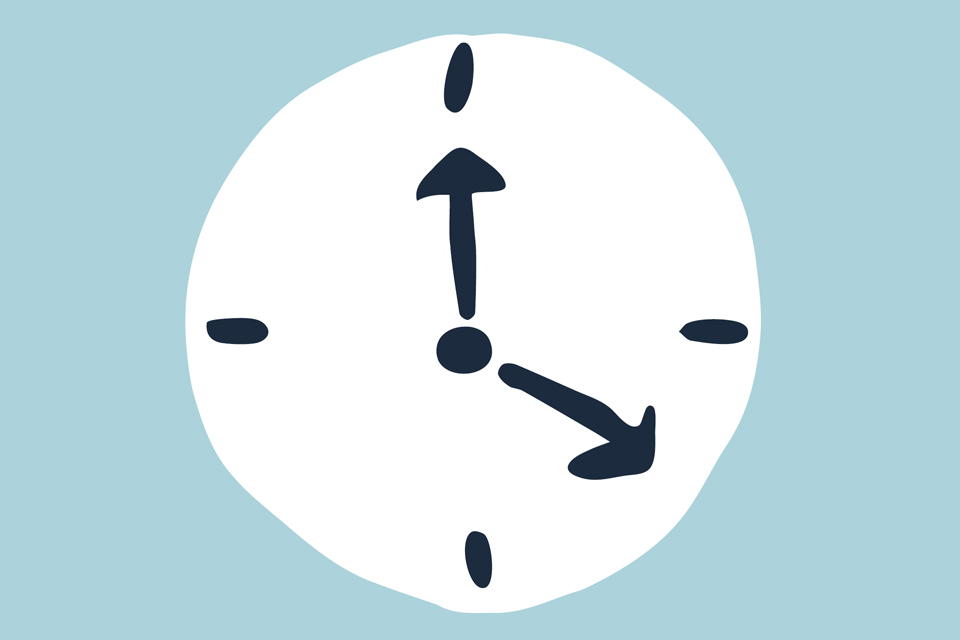Mindfulness is a state of being in which you are focusing your awareness on the present moment. It is a contemplative practice of paying attention to what is occurring right now with the qualities of curiosity, openness and non-judgement. When we combine awareness with curiosity, we have mindfulness.
Author and meditation teacher Sharon Salzberg describes mindfulness as “a special kind of attention characterised by attitudes of openness, curiosity and acceptance”. Through cultivating this mindful awareness, “We notice our thoughts, feelings, physical sensations, and sense perceptions without being swept away by them,” Sharon continues.
With roots in Eastern philosophies and Buddhism, mindfulness has been around for at least 2500 years. Since the 1970s, it has been a part of psychological therapies due to its host of health benefits, from enhancing self-awareness, creativity, attention, memory, concentration and relationships to supporting the management of stress, depression, anxiety, chronic pain, addiction recovery and eating disorders.
Mindfulness involves harnessing your attention on an object (such as waves lapping at the shore), a sensation (such as the breath) or a sound (such as birds chirping), with the aim of cultivating more balance and ease in the moment.
An antidote to distraction, mindfulness is an anchor you can drop to access the present moment. It is most easily practised by harnessing your attention on your breath, body and senses. By connecting with your senses — sight, sound, taste, smell and touch — you are able to appreciate any moment in its entirety. This is the art of presence.
Through practising mindfulness regularly, you may notice that thoughts, feelings and sensations come and go with more ease and you are less likely to attach to them or try to judge or control them. This doesn’t mean that your mind is void of thoughts; it just means that you are less reactive to what you notice and more inclined to accept things as they are. It is important to note that mindfulness doesn’t guarantee happiness. Instead, it allows you to have more lightness, ease and grace in all moments of life — the ups, downs and everything between.
Mindfulness is a lens in which we can perceive the world with openness, curiosity, non-judgement and compassion. It is a practice of simply being in the moment, wherever you are, whatever you are doing. Mindfulness is also a tool we can use to help manage periods of uncertainty, doubt, stress or challenges in life. “Mindfulness puts us in touch with the transitory nature of our feelings and perceptions,” writes Bessel van der Kolk in his book The Body Keeps the Score. “When we pay focused attention to our bodily sensations, we can recognise the ebb and flow of our emotions and, with that, increase our control over them,” the author and psychiatrist continues.
7 key elements of mindfulness by Jon Kabat-Zinn
“Mindfulness is awareness that arises through paying attention, on purpose, in the present moment, non-judgementally, in the service of self-understanding and wisdom.” Jon Kabat-Zinn
- Non-judging — cultivating awareness of what is happening within and around you, without any judgement.
- Patience — a form of wisdom and grace that allows you to let things unfold in their own time.
- Beginner’s mind — embracing the moment with curiosity, openness and a willingness to learn and be receptive. Having an open mind reminds us that there is always something new to learn.
- Trust — trusting yourself, your experiences and your feelings.
- Non-striving — being with yourself, just as you are, without needing to change, control or do anything.
- Acceptance — seeing things just as they are, and allowing them to be exactly as they are (regardless of how difficult things may be in
- the moment).
- Letting go — mindfulness brings our attention to thoughts, emotions, situations or things we might be holding on to. Letting go is a process that occurs when we loosen our grip on what we are holding on to.
The four pillars of mindfulness by Bryony Lancaster
- Mindfulness of the body and breath — feel your body; notice yourself breathing.
- Mindfulness of feelings — how do you feel?
- It can be helpful to label feelings as “pleasant”, “unpleasant” or “neutral” in order to see their transitory nature.
- Mindfulness of the mind — notice the quality of your mind state; don’t try to manage it, just notice how it is.
- Mindfulness of the environment or dhamma — use the senses to listen, feel, taste, smell and touch the moment.




